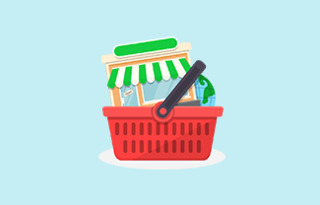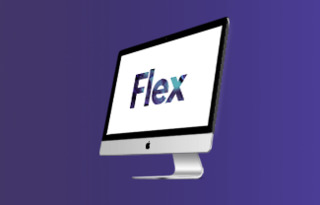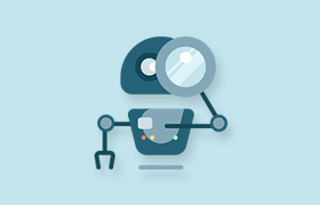
It’s no secret that across the global marketplace landscape, a narrow lineup of big players – like Alibaba, Amazon and eBay – tend to gobble up most of the market-share pie. A host of smaller outfits crowd around every imaginable niche, but it’s the big boys who really shift volume – and they’ve each built up a formidable infrastructure to enable them to do so. But what if you are one of those smaller players? Even if you’ve got something great to offer, it can be very intimidating to be standing at the feet of giants. Just how do you compete with these colossuses? The answers to this are, of course, many and varied. But one increasingly important way to get noticed is to generate more high-quality written content relating to your products. And to do that in a time- and cost-efficient manner, we think you need to embrace the power of natural language generation (NLG).
“Great! What’s that then?”, you may ask. Well, we’ll tell you.
Natural language generation is simply a software process that allows you to input structured data, and from it automatically create text that reads much as though it had been written by a human being. And while it’s being used in a bunch of different ways across a variety of industries, NLG is a particularly enticing opportunity for anyone involved in running, or selling via, a marketplace. Brass tacks: you’ve got a nice big spreadsheet laying out your SKUs, with data points including product specifications, manufacturer details, color, price, and so on. All this is data that can be fed easily into an NLG engine, to be turned into sparkling, SEO-friendly copy to be distributed across your site.
Types of NLG content for your marketplace: category landing pages

Category landing pages are an oft-overlooked asset in the development of marketplace content strategies. If you see these pages as merely somewhere to dump subcategories or as just part of customers’ route to refining search results, you’re depriving yourself of a fertile ground on which to cultivate SEO-rich text. And because they’re much beefier in size and richer in language than the descriptions of individual products, category landing pages are just crying out to be packed full of long-tail keywords that will boost your positioning in search results. Even if you’re not aware of it, you’ll probably find that your marketplace contains hundreds of categories: and if your site’s set up to funnel shoppers into different classes according to the referral pathway they’ve followed, past purchase history, or other data you have on them, it’s quite possible to arrange your inventory into an almost unlimited number of categories. But producing the content needed to fill these up is not much fun for copywriters, or for the business owners who have to pay for them. And this is what makes content like this a prime candidate for NLG.Far from creating robotic-sounding text, engines like Wordsmith let you adjust the tone of the content you’re generating so that it fits the setting and the type of product being offered on your marketplace (Wordsmith is designed with e-commerce especially in mind, but has may competitors aimed at various industries). All this means you can turn out tailor-made content about your products without hiring an army of writers – both helping you to bring in visitors from outside your site, and encouraging those already there to browse a wider range of products.
Product descriptions
Homing in a little further, NLG can help marketplace sellers to efficiently produce texts about individual products at a scale that would be prohibitively expensive to undertake manually. It may once have been enough for sellers to reproduce the information provided by manufacturers – but faced with the sort of competition we see today, that is simply no longer enough. Sure, it gives the prospective customer all the information they need, but it leaves your description bereft of original text – making it less likely your customer will ever arrive there to start off with.
Moreover, even if your customer does arrive, they’ll be unlikely to have a memorable shopping experience if all they read on your product page are words that they’ve already seen strewn across competing listings. Conversely, using NLG lets you create a finely-tuned tone of voice designed to appeal to the particular customer-base you’re cultivating. Having benefited from the higher visitor-numbers that can be brought about thanks to NLG content on category landing pages, better product pages are the place where sellers then convert those visitors into paying customers. And the usefulness of Natural Language Generation to marketplace operators doesn’t end with the customer completing their transaction. NLG lets you customize your post-sale communications in a way that would be impossible to do by traditional means.
Levelling the playing field
Smaller businesses and startups will always have to be on their best game if they want to compete with the giants who dominate the world of online marketplaces. But because of what smaller operators have on their side – like passion and distinctiveness – it’ll always be a fight with the potential to turn out unexpected results. With powerful tools like NLG now at the disposal even of smaller entrepreneurs, we’d bet that such upsets might be coming more often than you’d think.










